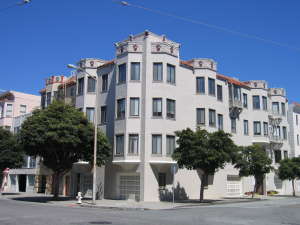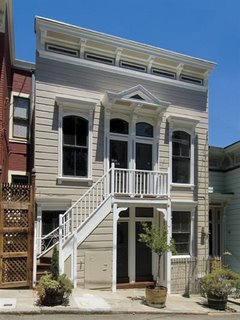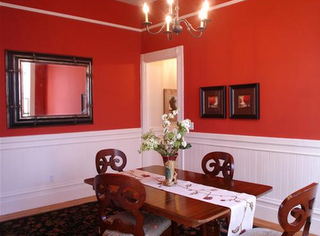One of the things new TIC owners need to consider is reserves. A newly formed TIC will most likely have no reserves, and the cost of funding this account can be significant. It's a hidden startup cost, which you won't usually see listed on the data sheets handed out by realtors.
Anyone who buys a property is aware that upon purchase they assume responsibility for maintenance. But there is a difference between buying a stand alone home where you are the sole title holder and a TIC where you share title with a group. If you own a "stand alone" home, you make the decisions regarding how much (or how little) is kept in your rainy day account, and you determine how that money is held - in a savings account, in stocks and bonds, or stuffed underneath your mattress. If you are a new buyer of a stand alone home you have the option of breaking the piggyback to make a down payment, putting up with some peeling paint and crossing your fingers that the roof doesn't cave in while you defer maintenance and take a few years to replenish your savings. If you are in a TIC, these decisions no longer belong to you alone, and neither does your money once you put it into the group reserves.
The amount of reserves a TIC group must maintain is often outlined in the TIC agreement, the legal document everyone in the group signs detailing the rules of the group's engagement. TIC reserves typically consist of two parts: money to cover projected building maintenance and money to cover the mortgage, taxes and insurance if someone in the group defaults on his or her monthly obligation.
To determine the maintenance portion, it helps to have someone in your group who is has knowledge about building repair costs and someone who is fluent in a spreadsheet program like Excel. You will need to list every component of the common area (roof, siding, exterior paint, interior hall paint, fences and so on), and determine how long it might be before these components need to be repaired or replaced. Then you will need to estimate what it might cost to repair or replace them when their "useful life" expires. (Don't forget the sidewalks. In San Francisco everything to curb line is a property owner's responsibility.) Most TIC agreements require that this forecast looks out 15 years ahead.
For example:
Roof
Useful life=10 years
Estimated replacement cost in 10 years=$10,000
Total annual roof reserves=$1,000
Exterior Paint
Useful life=5 years
Estimated repainting in 5 years=$20,000
Total annual exterior paint reserves=$4,000
Hot Water Heaters
Useful life=7 years
Estimated replacement cost in 7 years=$2,000
Total annual hot water heater reserves=$286
And so on. The group must agree on all of these numbers - no small feat in itself. Then the total costs of all the projected maintenance are split based on the percentage of interest each owner has in the building. If your total projected maintenance costs end up being $30,000, and you own 25% of the building, the amount you must add to the reserves will be $7,500.
The second "default" portion of reserves is make good money. It covers the amount of money the group would have to pay IF you walked away from your mortgage, taxes and insurance. (This is required ONLY if the TIC is financed by a group loan. In buildings with fractional loans, owners do not have to add this additional cash to the group account.) In most instances this is equal to two months of principal, interest, taxes and insurance. On a $300,000 loan at 7% that might be about $6,000.
In this fictional scenario, if you were the buyer, within the first two months of buying a new TIC, you would need to put $13,500 into the house account. (No small potatoes for most people to come up with so quickly after making the down payment.) Also, once that money goes into the house account it no longer belongs to you. If you get transferred to Cincinnati six months later and need sell, there is usually no way to get that money back. If you can't make it up on the sale price you've lost it.
This is why my group keeps relatively low reserves, and relies more heavily on special assessments for repairs. After nearly seven years of co-ownership we know and trust each other. We have an understanding that each owner will maintain enough money in our personal accounts to make up for the amount we are not putting into reserves. But I would not recommend this approach for everyone, particularly new groups that need to establish a history of responsibility.





